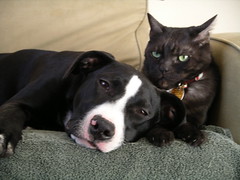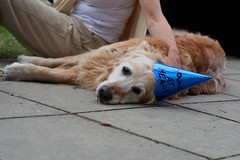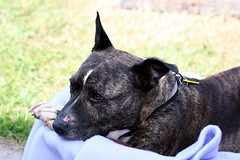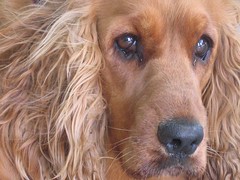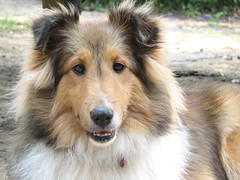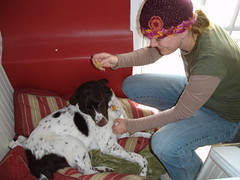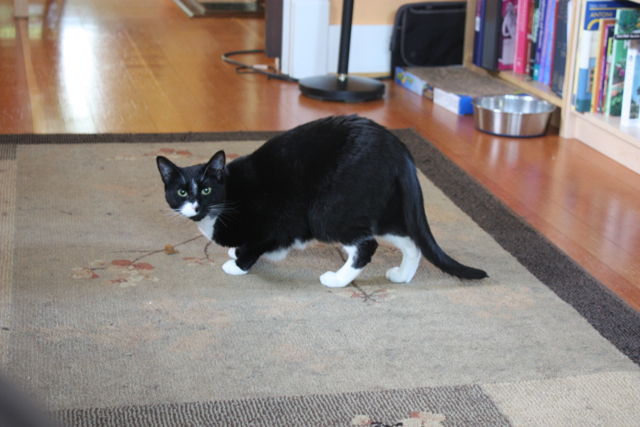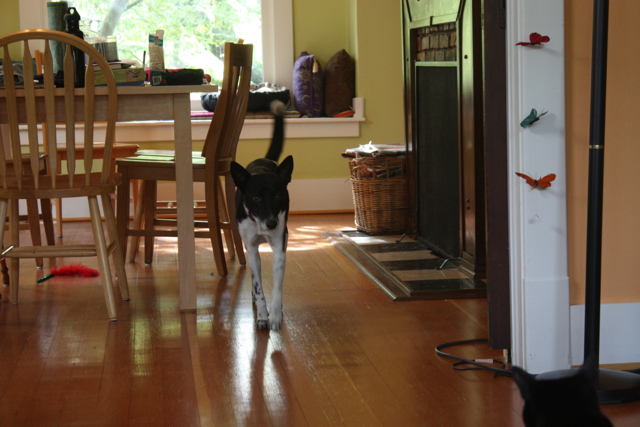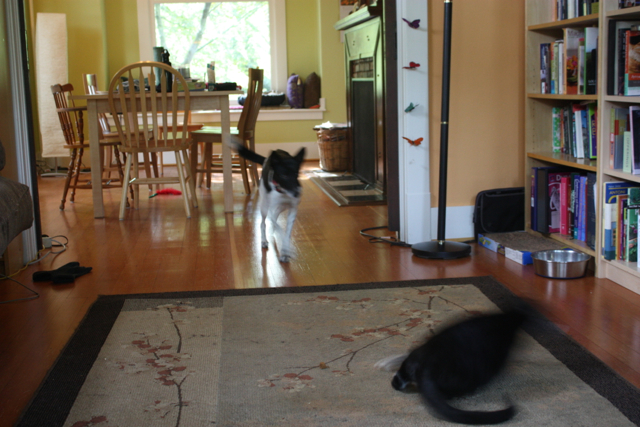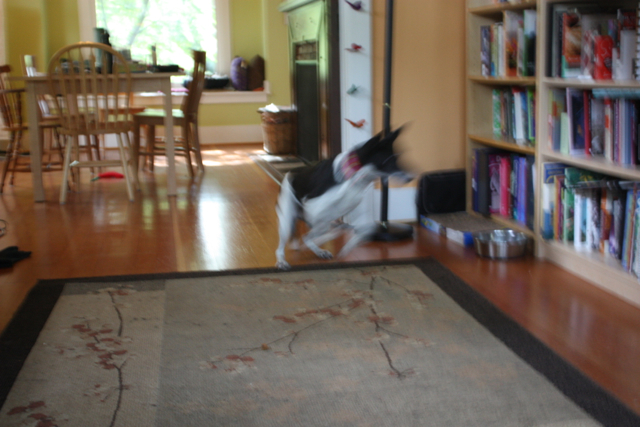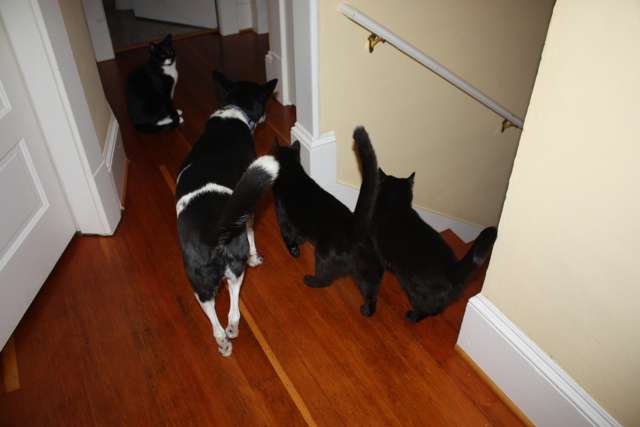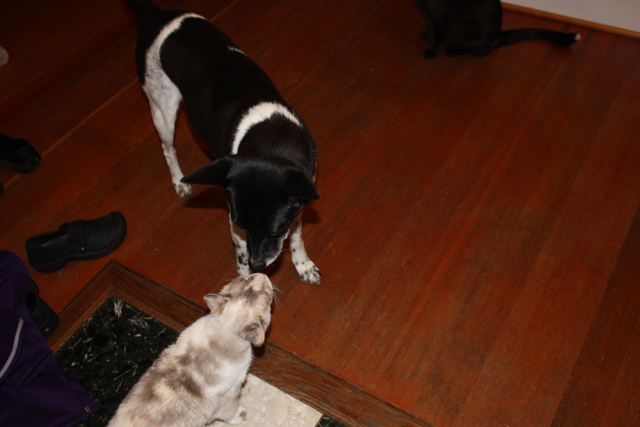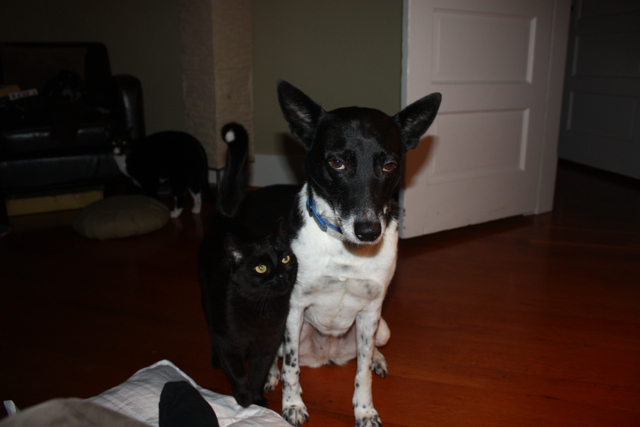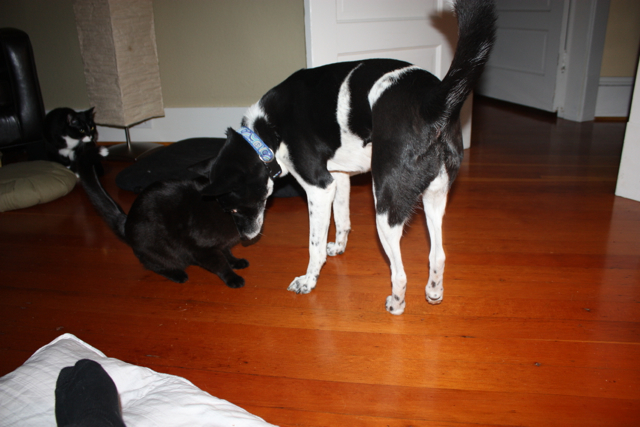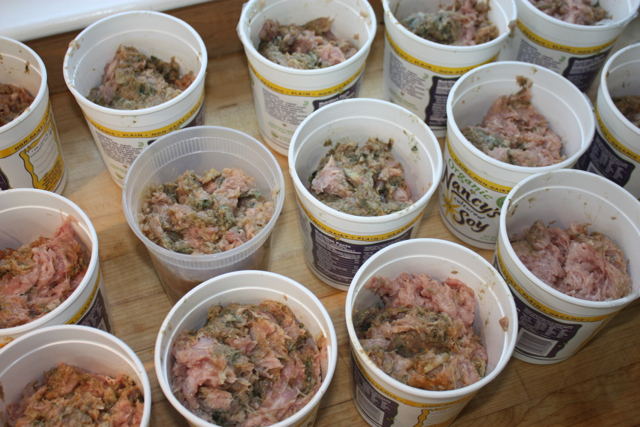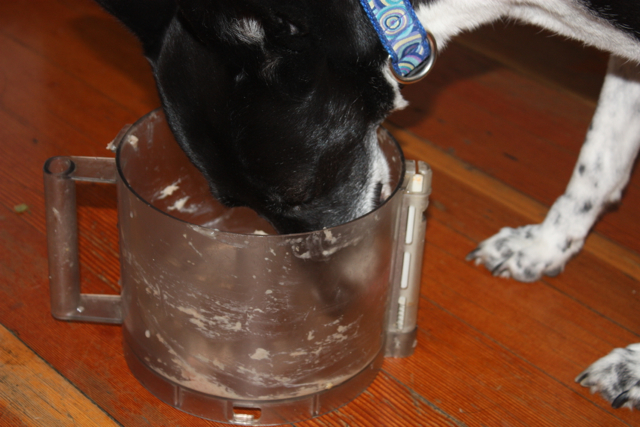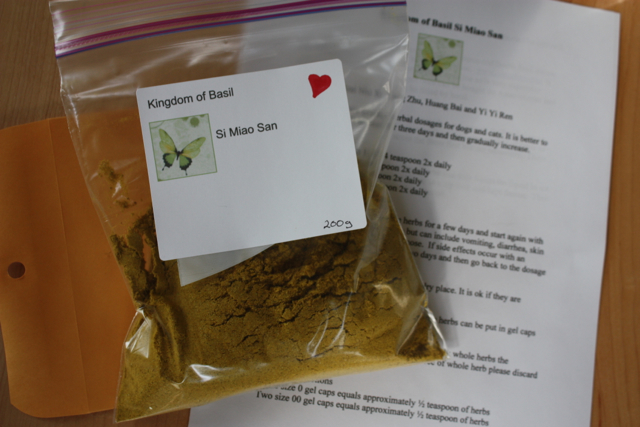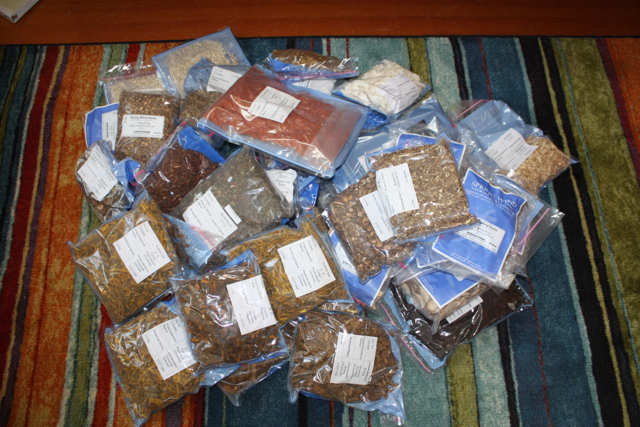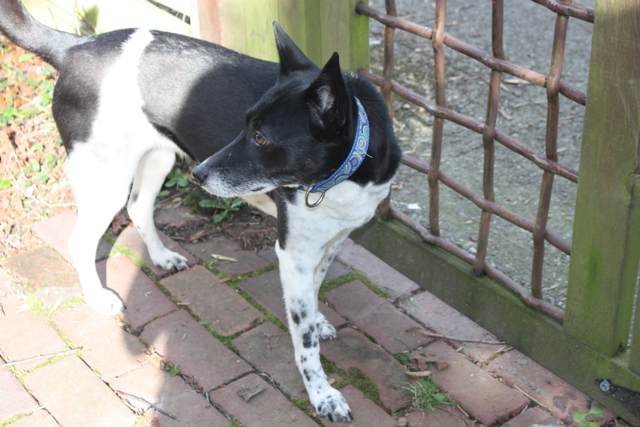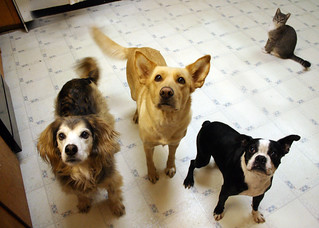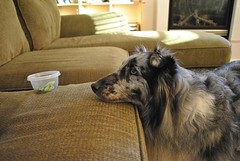The greatest kindness is sometimes death
April 28th, 2013 Driving back full of excitement because my son Martin’s band had just won the Peakfeast Battle of the Bands on Mercer Island. In the lights something running along the road but something is very wrong. Hard to tell at first, is it a dog? Some other animal? As we get closer I see it is a deer, running on her knees, hind legs broken, one hanging off almost severed. She hauls herself out of the road and on to the narrow walk along Island Crest Way but keeps on going, throwing her body down every step, in a panic.
Driving back full of excitement because my son Martin’s band had just won the Peakfeast Battle of the Bands on Mercer Island. In the lights something running along the road but something is very wrong. Hard to tell at first, is it a dog? Some other animal? As we get closer I see it is a deer, running on her knees, hind legs broken, one hanging off almost severed. She hauls herself out of the road and on to the narrow walk along Island Crest Way but keeps on going, throwing her body down every step, in a panic.
We pull over flashers on, who to call? Animal Control doesn’t come out in the middle of the night. There is no one for this deer. Thinking, if nothing else she is a traffic hazard, dialing 911, feeling bad to bother them when maybe I shouldn’t but who else to call? The woman on the phone is very nice, says she will see if she can find someone for me but doesn’t know if she will be able to.
Another man pulls over to the side with his young daughter and dog in the car; he also doesn’t know what to do.
I get off the phone with the 911 operator, tell the man who pulled over I am a vet and I will see what I can do. The deer has stopped, lying panting, in shock, in pain. I call to my son to get the blanket we keep in the car for our dog.
If nothing else I can calm her by covering her eyes, remembering some of my wildlife training for smaller animals. I throw the blanket over her and she calms down, I bend down feeling her heart beating fast, she is so scared. Trying to send her calming thoughts. Hoping that her heart will just stop under my hand.
In my mind, this dear one needs to be put out of her misery, I have no drugs, just acupuncture needles, I say to the man helping me, I don’t do western medicine anymore, I don’t have drugs. I wish I did.
I think maybe we can get her to emergency, we try to lift her, I never realized how much a deer weighs, too much to lift and really am I going to be able to get her in the back seat of my little car. Feeling despair. Thinking is there a way I can kill her quickly with my hands, I have done that for smaller animals that are suffering, I hate doing it, it is brutal but humane and fast. This deer is too big, I can’t break her neck.
The man with me, we are both willing to do anything we can for her but we are mostly helpless. Yet neither of us or my son Martin is willing to leave her.
Here I am a vet, I am more trained in doing this than anyone and I have nothing to offer her but my comfort and that is not much considering how scared she is.
 The lights of a police car showing up offer so much relief. They may be able to at least help get her to someone who can end her life quickly. He shakes his head, there is no one who will come out and help her, I can tell he is sad also. He tells me gently that he can shoot her. As sad as he is about this I feel so much relief, I did not know that he would be willing to do this. He can end her life quickly and stop her suffering. It is no small thing to offer to shoot another living being but it is the greatest kindness that he can offer. I tell him, I’m a vet, that is what she needs, I tell him how injured she is. Not the greatest surgeon could put this little one right again. I touch his shoulder and thank him, I’ve never touched a police officer before but it seems right. I know he is doing the right thing and it is out of kindness.
The lights of a police car showing up offer so much relief. They may be able to at least help get her to someone who can end her life quickly. He shakes his head, there is no one who will come out and help her, I can tell he is sad also. He tells me gently that he can shoot her. As sad as he is about this I feel so much relief, I did not know that he would be willing to do this. He can end her life quickly and stop her suffering. It is no small thing to offer to shoot another living being but it is the greatest kindness that he can offer. I tell him, I’m a vet, that is what she needs, I tell him how injured she is. Not the greatest surgeon could put this little one right again. I touch his shoulder and thank him, I’ve never touched a police officer before but it seems right. I know he is doing the right thing and it is out of kindness.
He looks at the man’s daughter looking out the window and my son standing by and tells us the best thing we can do is move on so we don’t have to witness what he has to do. Another great kindness, he offers us all.
We get in the car and leave, thinking about that poor deer, suffering on the side of the road. She will soon be part of the heavens and able to run free again.
It is a hard drive home.
A little after midnight I get a call from the police officer. He lets me know that the deer is gone and that he has found a native tribe will be coming to take her body, use the meat, honor her. He thanks me for all I did for her before he arrived. I don’t feel like I did much, how can you leave an animal to suffer alone? I thank him, he had the hard part. I so appreciate what he did, he didn’t have to do it, but he did. He gives us some closure with the call. I hope that it doesn’t take too big a piece of him to have to kill another animal, because in meeting his eyes I know he did it fully with kindness and respect for her. No one could have done more. He was truly her savior that evening. Sometimes death is the kindest thing we can offer.
Thank you to the very kind officer who came to the rescue, thank you to the man with his daughter and his dog who pulled over also, after seeing an animal who needed help, thank you to the 911 operator who did get someone out to help us, even though it was just for a deer. People in this world do care, none of us is alone.


